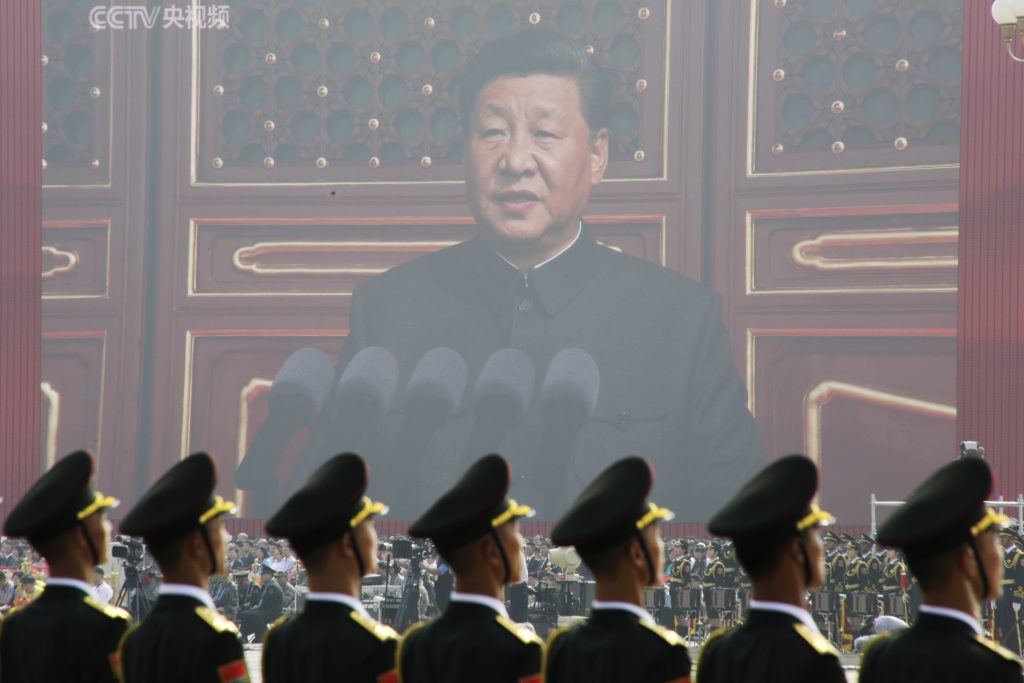Yuan Yujing

On January 26, at the close of the official trading day, the Pakistani rupee (PKR) fell 9.61% against the U.S. dollar, setting a record for the largest one-day drop in more than two decades, and once again raising concerns about Pakistan’s debt crisis.
Dong Tao, managing director and the vice chairman for Greater China at Credit Suisse, pointed out that what lies behind the PKR’s exchange rate plunge is Pakistan’s deteriorating economic and financial situation in recent years. Data show that since 2023, the PKR has depreciated by 22% against the USD, and the national inflation rate has exceeded 20%, hitting a 48-year high. At the same time, in the domestic market of Pakistan, a large number of food and commodities are facing shortages, severely affecting the daily life of local consumers. Coupled with the soaring energy and food prices brought about by the conflict between Russia and Ukraine, there have been massive demonstrations ongoing in the South Asian country. In addition, under the pressure of the exchange rate, Pakistan is also facing serious capital outflow problems. Pakistan’s foreign exchange reserve balance fell to a record low of less than USD 3 billion at one point after repaying USD 1 billion in business loans to two UAE banks this year. Judging from the current import data, this amount can only maintain the country’s import demand for about three weeks. On this basis, Pakistan is also facing foreign debt pressure of more than USD 126.9 billion. Under internal and external difficulties, Pakistan is gradually slipping into the abyss of the debt crisis.















:quality(100)/cloudfront-us-east-1.images.arcpublishing.com/thesummit/Z2WTZZWSNBFHRAFOPI2I7DMIVQ.jpg)




